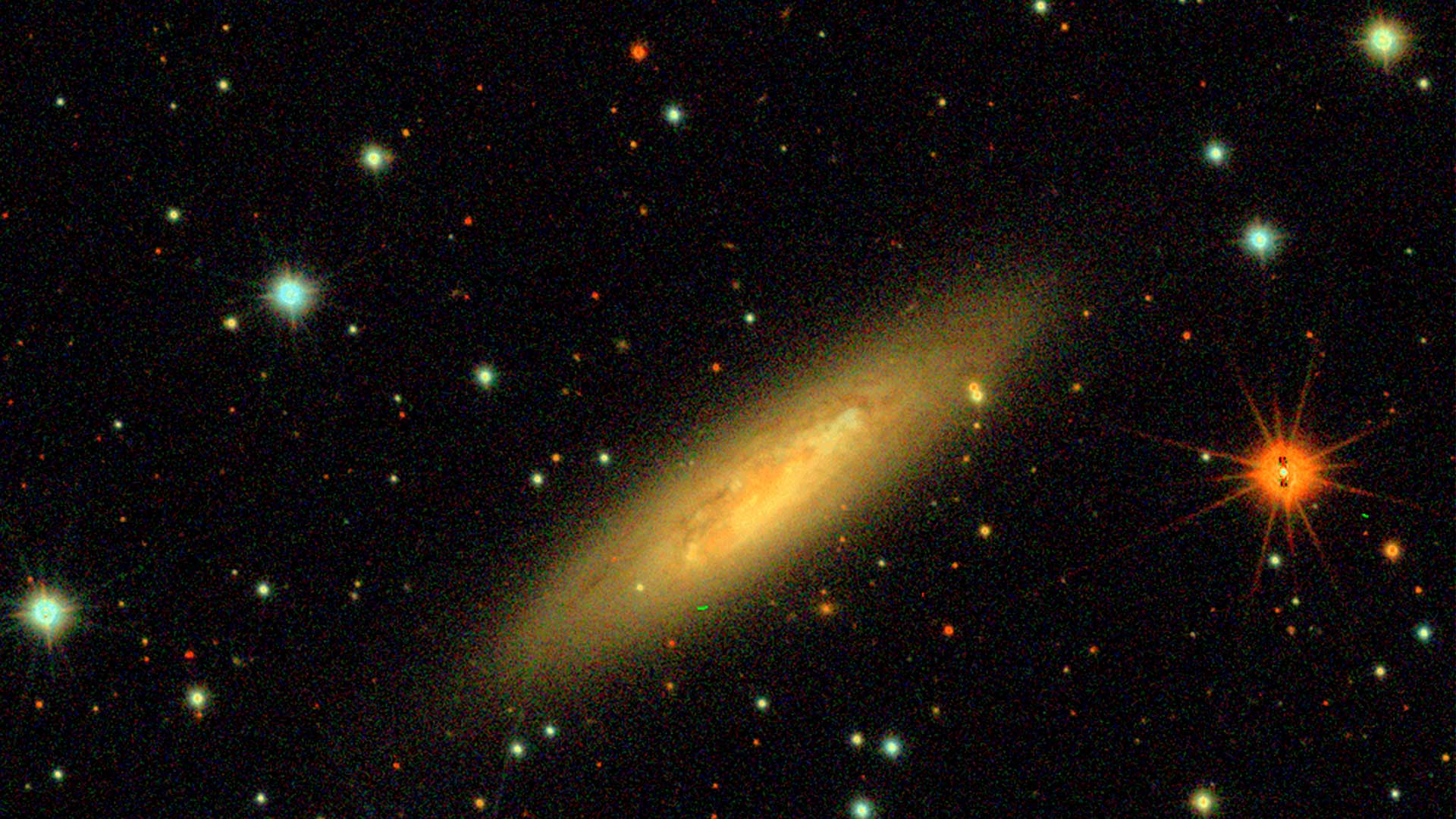[:en]ALeRCE Hack @Valdivia was the name of the meeting that brought together almost twenty researchers from the Millennium Institute of Astrophysics in the southern city of our country, with the aim of analyzing the challenges facing the Automatic Learning for Rapid Classification of Events or ALeRCE Project, which aims to give an answer to the challenges of the new astronomy, characterized by the need for tools for the analysis of petabytes astronomical data in a short time.
Pablo Huijse, one of the organizers of this event and a MAS Young Researcher, points out that the objective of the Valdivia “hackaton” was “to hold crucial meetings for the development of this project and to advance in the necessary solutions for ALeRCE, a system that seeks to solve the problem of classifying alerts’ streams coming from synoptic telescopes, such as ZTF or LSST”.
All this in a scenario of multiple challenges for the area of astroinformatics: “The challenges are multiple, but roughly they can be divided into those related first to the infrastructure needed to process large volumes of data and the algorithms needed to do the processing and analysis in a scenario not previously seen in astronomy. In this meeting we sit down to program the algorithms and methods that we propose to solve the problem of analysis and automatic classification of telescope alerts. In addition, progress was made in the implementation of databases that allow us to store/distribute/obtain data in an orderly and scalable way,” Huijse states, who is also Professor at the Institute of Informatics of the Universidad Austral de Chile.
He adds, “My conclusion is that we have the knowledge and the manpower to solve the problem and that we have to take advantage of this moment to meet the deadlines. He reflects: “It is very difficult for a project of this kind to prosper without interdisciplinary collaboration. You need at least the astronomical perspective that guides development, a computer science and statistics perspective that designs and trains algorithms, and an engineering perspective that ensures that a system of this magnitude is robust and scalable. In this case, MAS is our backbone. The structure that allows us to form and join a team as heterogeneous as ours with enough time to have the answers on the telescopes’ time. I dare to say that if MAS did not exist and we only depended on our academic institutions, this team would not have been formed (or it would have been formed too late”, he concludes.[:es]ALeRCE Hack @Valdivia fue el nombre del encuentro que juntó a casi una veintena de investigadores del Instituto Milenio de Astrofísica en la ciudad del sur de nuestro país, con el objetivo de analizar los retos que enfrenta el proyecto Automatic Learning for Rapid Classification of Events o ALeRCE el que pretende dar respuesta a los desafíos de la nueva astronomía, caracterizada por la necesidad de contar con herramientas para el análisis de petabytes datos astronómicos en poco tiempo.
Pablo Huijse, uno de los organizadores de este evento e investigador joven del MAS, señala que el objetivo del “hackaton” de Valdivia fue “sostener reuniones clave para el desarrollo de este proyecto y avanzar en la programación de las soluciones necesarias para ALeRCE, sistema que busca resolver el problema de clasificar streams de alertas provenientes de telescopios sinópticos, como por ejemplo ZTF o el LSST”.
Todo ello, en un escenario de desafíos múltiples para el área de astroinformática: “Los retos son múltiples, pero a grandes rasgos se pueden dividir en los relacionados primero con la infraestructura necesaria para procesar grandes volúmenes de datos y los algoritmos necesarios para hacer el procesamiento y análisis en un escenario no antes vistos en astronomía. En esta reunión nos sentamos a programar los algoritmos y métodos que proponemos para resolver el problema de análisis y clasificación automática de alertas de telescopio. Además, se avanzó en la implementación de bases de datos que nos permitan almacenar/distribuir/obtener los datos de forma ordenada y escalable”, cuenta Huijse quien además es docente del Instituto de Informática de la Universidad Austral de Chile.
Agrega, “Mi conclusión es que tenemos el conocimiento y el manpower para resolver el problema y que tenemos que aprovechar este momento para cumplir los plazos”. Reflexiona: “Es muy difícil que un proyecto de este estilo prospere sin una colaboración interdisciplinar. Se necesita al menos la perspectiva astronómica que oriente el desarrollo, una perspectiva de ciencias de la computación y estadística que diseñe y entrene algoritmos y una perspectiva ingenieril que asegure que un sistema de tal magnitud sea robusto y escalable. En este caso el MAS es nuestro backbone. La estructura que permite formar y unir un equipo tan heterogéneo como el nuestro con el tiempo suficiente para tener las soluciones en los plazos de los telescopios. Me atrevo a decir que si el MAS no existiera y solo dependiéramos de nuestras instituciones académicas este equipo no se hubiera formado (o se hubiera formado demasiado tarde”, concluye.
[:]
- Lanzan proyecto para que ciudadanos ayuden a científicos a clasificar distintos objetos del universo
Noticias recientes












